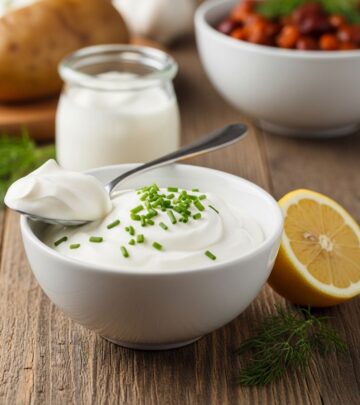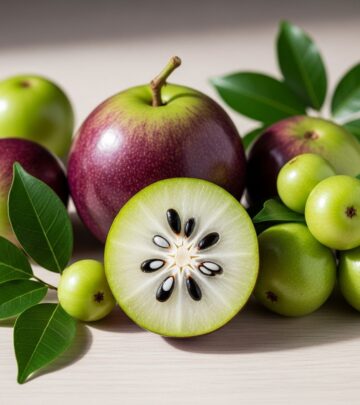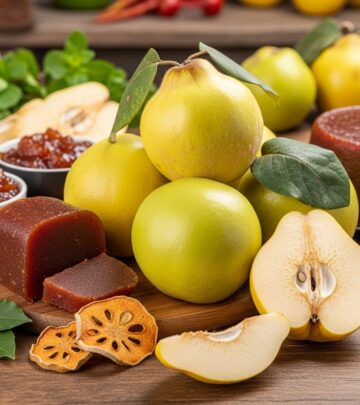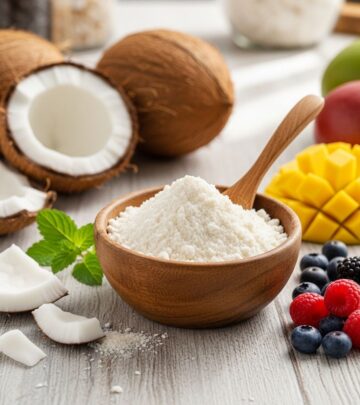Scallops: Nutritional Benefits, Health Impact, and Culinary Uses
Delicate shellfish delivers sweet, tender bites, gourmet flavor, and versatile meals.
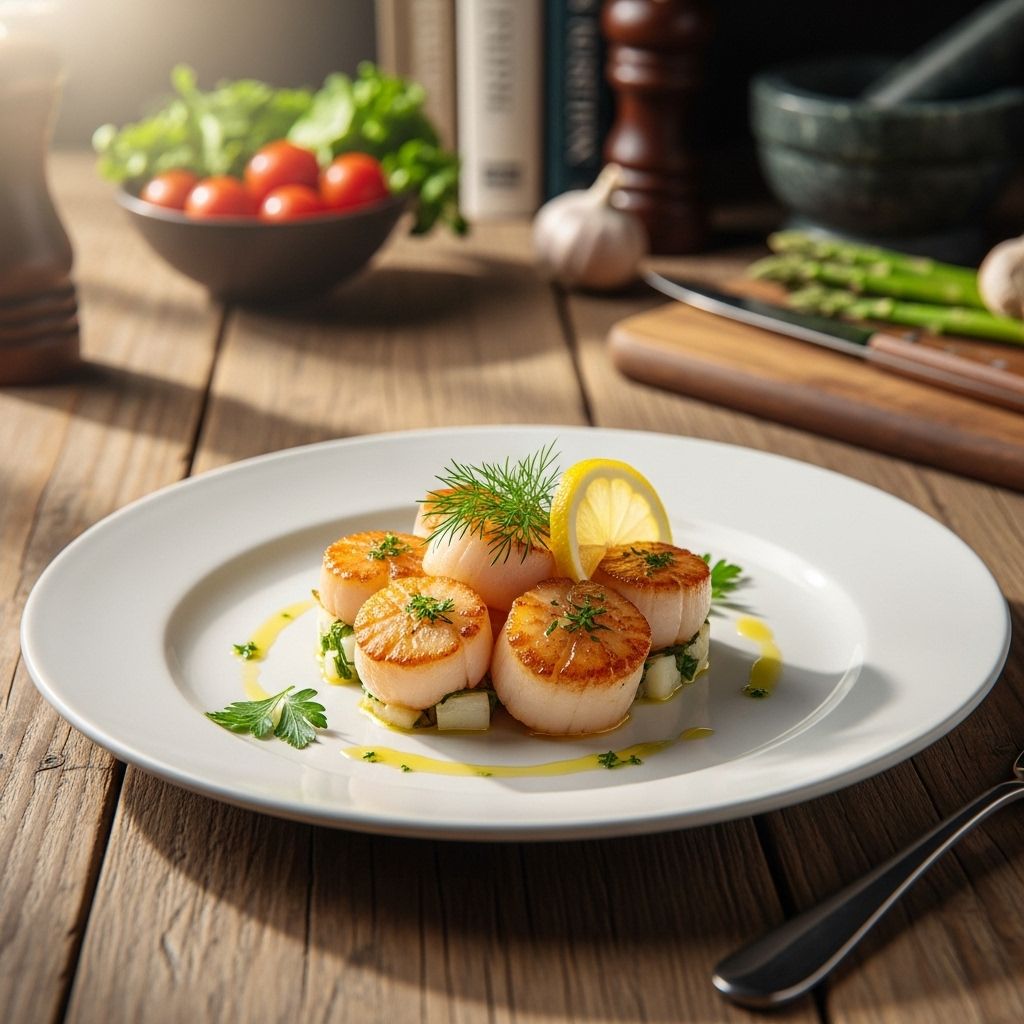
Scallops are a delectable type of shellfish highly prized for their sweet flavor, tender texture, and versatility in global cuisine. Beyond their culinary appeal, scallops offer substantial nutritional and health benefits, making them a popular choice for health-conscious eaters and food enthusiasts alike. This article delves into the nutritional profile of scallops, explores their potential health benefits and risks, outlines different types, and presents culinary tips and recipes.
What Are Scallops?
Scallops are marine bivalve mollusks found in oceans worldwide, belonging to the family Pectinidae. Recognized by their fan-shaped shells, scallops have a distinctively mild, sweet, and briny flavor that is ideal for a wide range of culinary applications. Most commercially available scallops are harvested from shallow waters and are valued for their culinary versatility, from seared entrees to salads and soups.
Nutritional Profile of Scallops
Scallops are notably nutrient-dense, delivering high-quality protein along with vital vitamins and minerals while remaining low in fat and calories. See the table below for a detailed breakdown per 100-gram serving:
| Nutrient | Amount (per 100g) |
|---|---|
| Calories | 137 kcal |
| Protein | 24 g |
| Fat | 0.98 g |
| Carbohydrates | 6.33 g |
| Omega-3 Fatty Acids | 205 mg |
| Vitamin B12 | 2.53 µg |
| Calcium | 12 mg |
| Iron | 0.68 mg |
| Magnesium | 44 mg |
| Phosphorus | 499 mg |
| Potassium | 367 mg |
| Zinc | 1.81 mg |
| Copper | 0.039 mg |
| Selenium | 25.5 µg |
Scallops are especially rich in protein, omega-3 fatty acids, vitamin B12, and essential minerals such as magnesium, selenium, and zinc.
Health Benefits of Scallops
- High-Quality Protein: Scallops contain 24 grams of protein per 100 grams, supporting muscle growth, cellular repair, and satiety. Their low-calorie, high-protein makeup is beneficial for weight management and muscle-building diets.
- Cardiac Health: Scallops are a natural source of omega-3 fatty acids, which help reduce inflammation, lower cholesterol, and maintain healthy blood pressure. Regular omega-3 intake can decrease the risk of heart disease, stroke, and vascular problems.
- Rich in Vitamin B12: A single serving exceeds 100% of the adult daily requirement for vitamin B12, critical for neurological function and red blood cell production, and potentially lowering the risk of anemia and enhancing mood and mental clarity.
- Full of Minerals: Scallops offer minerals including calcium (for bones), magnesium (for nerves and muscles), potassium (heart and muscle function), iron (essential for blood), phosphorus (bone health), selenium (antioxidant activity and immunity), copper (energy and brain development), and zinc (immunity and wound healing).
- Brain and Nervous System Support: The synergistic effects of B12, omega-3, and zinc promote healthy nervous system functioning, support brain development in children, and may reduce cognitive decline and neurodegenerative risks.
- Low Mercury Content: Unlike many large seafood species, scallops contain relatively low levels of mercury, making them safer for regular consumption, especially for pregnant individuals and children.
- Keto & Low-Carb Friendly: With only about 6g of carbohydrates per 100g serving, scallops fit perfectly into ketogenic and low-carb diets.
Potential Health Risks of Scallops
- Allergic Reactions: Individuals with shellfish allergies should avoid scallops as they may provoke significant allergic reactions.
- Heavy Metal Accumulation: Although generally low in mercury, scallops can, on occasion, accumulate trace amounts of heavy metals depending on source and environmental pollution. Always choose scallops from reputable suppliers and clean waters.
- Bacterial Contamination: Consuming raw or undercooked scallops can pose risks of foodborne illnesses (e.g., Vibrio infections). Cooking scallops thoroughly minimizes risk.
- Cholesterol Concerns: While scallops are low in saturated fat, they contain dietary cholesterol. For most individuals, this isn’t a concern, but those with high cholesterol or heart disease should monitor their intake.
Types of Scallops
- Sea Scallops: Larger in size, found in deep ocean waters, and commonly used for searing or grilling. They are meatier and more fibrous.
- Bay Scallops: Smaller and typically found in shallower bays and estuaries. They have a sweeter, more delicate flavor and a tender texture, making them ideal for quick cooking methods like sautéing or adding to soups.
How to Select, Store, and Prepare Scallops
Scallops should be selected for freshness, as their delicate flavor and texture can degrade quickly:
- Appearance: Choose scallops that are firm, plump, slightly translucent (not dried or cracked), and without unpleasant odors.
- Dry vs. Wet Scallops: Dry scallops have not been treated with preservatives and tend to brown better during cooking. Wet scallops may be soaked in solutions to increase weight; rinse them thoroughly if purchased.
- Storage: Keep scallops refrigerated (32-38°F/0-3°C) and consume within 1-2 days of purchase. For longer storage, freeze immediately.
- Preparation: Rinse scallops gently under cold water and pat dry. Remove the small side muscle if present before cooking.
Culinary Uses and Popular Recipes
The versatility of scallops shines in many dishes. Their natural sweetness and delicate texture pair well with a variety of ingredients:
- Seared Scallops: The most popular preparation is searing scallops in a hot pan with a touch of oil or butter until golden brown.
- Grilled Scallops: Grilling imparts smokiness and caramelizes the surface for a robust, savory finish.
- Scallop Pasta: Toss seared scallops with whole-grain pasta, garlic, spinach, and cherry tomatoes for a balanced meal.
- Scallop Salad: Chilled, poached scallops can be added to leafy greens, citrus fruits, and nuts for a light, protein-rich salad.
- Scallop Soup: Simmer scallops in flavorful broths with lemongrass, ginger, and seasonal vegetables.
Environmental Impact of Scallop Fishing
Sustainable scallop harvesting is crucial for oceanic ecosystems. Look for certifications such as Marine Stewardship Council (MSC) to ensure your scallops are sustainably sourced. Wild-caught sea scallops and responsibly farmed bay scallops generally have minimal environmental impact when managed well.
Comparison: Scallops vs. Other Seafood
| Seafood | Protein (g) | Omega-3 (mg) | Mercury | Calories (per 100g) |
|---|---|---|---|---|
| Scallops | 24 | 205 | Low | 137 |
| Salmon | 20 | 2,260 | Low | 206 |
| Shrimp | 24 | 162 | Low | 99 |
| Tuna | 23 | 228 | High | 130 |
| Cod | 17 | 223 | Low | 82 |
Scallops compare favorably with other seafood for protein efficiency and safety, thanks to their relatively low mercury content and dense nutrient profile.
Frequently Asked Questions (FAQs)
Q: Are scallops healthy for everyone?
A: Scallops are considered healthy for most people due to their high protein, low fat, and rich micronutrient content. However, individuals with shellfish allergies or severe cholesterol restrictions should consult a healthcare provider before consumption.
Q: Can scallops help with weight loss?
A: Yes, their high protein and low calorie content increases satiety and supports muscle maintenance, which is advantageous for weight-loss diets.
Q: How do I know if scallops are fresh?
A: Fresh scallops have a sweet, briny aroma, moist but firm white flesh, and no fishy odor. Avoid any that smell sour or feel slimy.
Q: Is it safe to eat scallops raw?
A: While scallops are often served as sushi, there is a risk of bacterial contamination when consumed raw. Only eat raw scallops from trusted sources and ensure they are handled properly for safety.
Q: Do scallops contain high cholesterol?
A: Scallops contain some dietary cholesterol but much less than other shellfish. Most healthy adults can enjoy them in moderation without significantly impacting blood cholesterol.
Q: What is the difference between bay scallops and sea scallops?
A: Bay scallops are smaller, sweeter, and softer, commonly found in bays and estuaries, while sea scallops are larger, firmer, and found in deeper ocean waters.
Q: Can pregnant women eat scallops?
A: Yes, due to their low mercury content, scall ops are considered safe during pregnancy if cooked thoroughly. Their omega-3 and B12 content can support maternal and fetal health.
Tips for Cooking Perfect Scallops
- Pat Dry: To achieve a golden sear, pat scall ops dry with a paper towel before cooking.
- High Heat: Use a preheated pan and cook for 1-2 minutes per side without overcrowding the pan.
- Minimal Seasoning: A pinch of salt and pepper complements their natural flavor. Avoid overpowering sauces.
- Rest After Cooking: Allow scall ops to rest for a minute before serving to retain juices.
Conclusion: Integrating Scall ops into a Balanced Diet
Scall ops are not only a gourmet delicacy but also a nutrient powerhouse suitable for a range of dietary lifestyles. Whether seared to perfection or incorporated into healthy recipes, eating scall ops can offer impressive health benefits, from supporting heart and brain health to providing valuable minerals and vitamins. Always prioritize food safety and sustainable sourcing to enjoy scall ops at their best while protecting marine ecosystems.
References
- https://discover.grasslandbeef.com/blog/scallops-nutrition/
- https://www.primemcallen.com/blog/why-are-scallopes-good-healthy/
- https://www.healthline.com/nutrition/scallops
- https://www.medicalnewstoday.com/articles/are-scallops-high-in-cholesterol
- https://alaskascallop.net/health/
- https://globalseafoods.com/blogs/news/the-health-benefits-of-live-scallops-why-you-should-add-them-to-your-diet
- https://foodstruct.com/nutrition-comparison-text/shrimp-vs-scallop
Read full bio of medha deb


